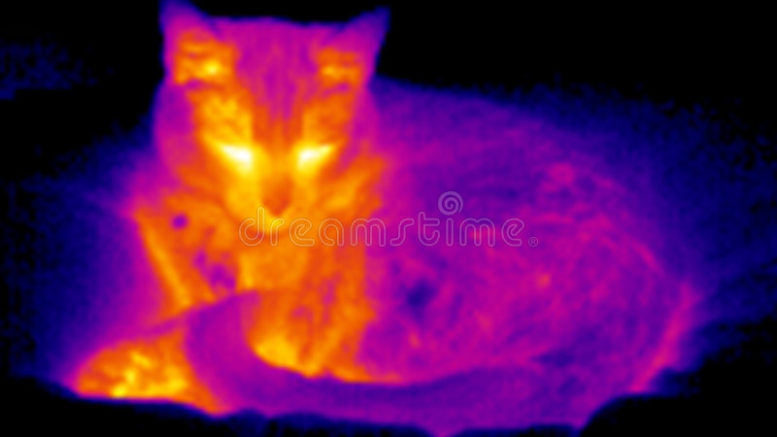We talk a lot about RF remotes. Most people know an RF remote will work through walls or cabinets while an infrared (IR) remote, the kind most people have, will not. Yet, somewhere, someone always brings up that all forms of light and radiation are really just the same. So why does IR fail when RF works?
It’s all part of the electromagnetic spectrum.
Let’s start by saying that it’s true, infrared and RF are both parts of the same family, the family that also includes visible light. It’s all electromagnetic radiation. If you look at things in the simplest way, all electromagnetic radiation, from light to radio waves and beyond, are really the same. All electromagnetic radiation is energy moving in space.
When you get to the serious science behind electromagnetic radiation, it’s pretty confusing. Sometimes the radiation acts like a long string that wobbles at a particular frequency. Sometimes it acts as if it’s sand being shot out of a hose. We’re not going to get into the serious physics here, but we are going to talk about the way IR and RF are different, and that’s frequency.

What is frequency, really?
Frequency is the easiest way for regular folks to figure one type of radiation from another. When you change the radio station, you’re actually changing the frequency of the radio tuner. And, it turns out that IR is pretty close to light while RF is pretty far away.
Now here’s something that will really trip you up.
I’m looking through you
You’re used to thinking that everything you see is either opaque or transparent. In other words, you can’t see through it, or you can. But that’s really only true for visible light and visible light is only one small part of the electromagnetic spectrum. Everything you see, everything that’s out there, is transparent to some forms of radiation and opaque to others.
The dark red cover in front of your remote is almost completely opaque to light but it’s transparent to infrared. Try pointing your digital camera at a remote control. Most digital cameras can “see” infrared better than you can. As you can see from this picture, my camera caught the two IR emitters of my remote flashing as I pushed a button.
Dark red plastic doesn’t pose a problem to infrared, but a lot of other things do. In fact, because infrared is so close on the spectrum to visible light, pretty much anything you can’t see through also stops infrared, cold.
That’s why you can’t use your remote through doors or walls. You can’t see through them, and the infrared sensor (the antenna that picks up signals) can’t either.
How RF is different
On the other hand, RF radiation, or radio waves as we non-scientists call it, is far away from the visible light. If you could see radio waves instead of visible light the world would look really different. Most things that aren’t made of metal would be completely see-through. On the other hand, occasionally you’d run into something that you couldn’t see through, like a wire mesh, even though it has big holes in it. And, as you got bigger or smaller, you could see different things. It would be pretty trippy.
When you use an RF remote, you’re taking advantage of that trippiness. Most things are completely invisible to radio waves and not only that, radio waves are “longer” than visible waves and that means that they can go further. So, RF remotes really have the best of both worlds — they can see through walls and they can go further.
Using an RF remote can make it easy because you can put your equipment in a closet or even in another room and it will still work.
Get a new remote from Solid Signal
Solid Signal has the best selection of remotes from DIRECTV, DISH, and even a great selection of universal remotes! If you’re looking for a replacement remote, shop for the best selection at Solid Signal!





